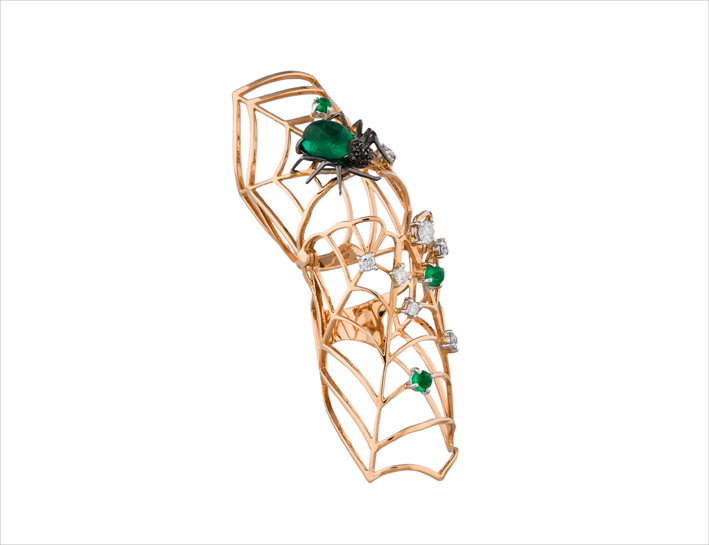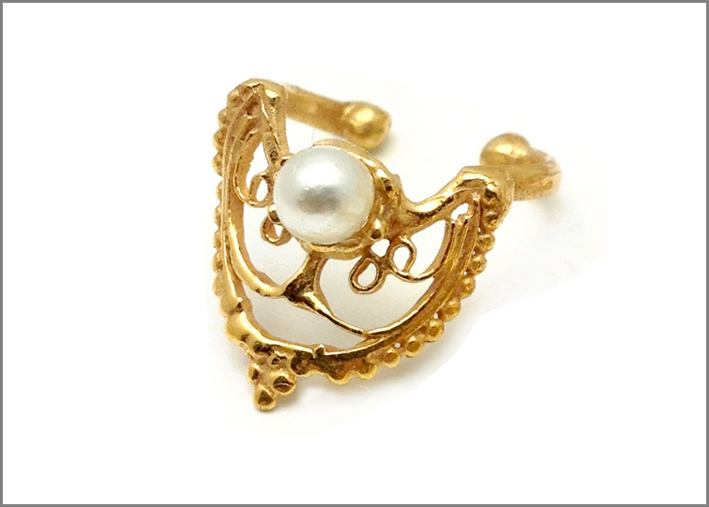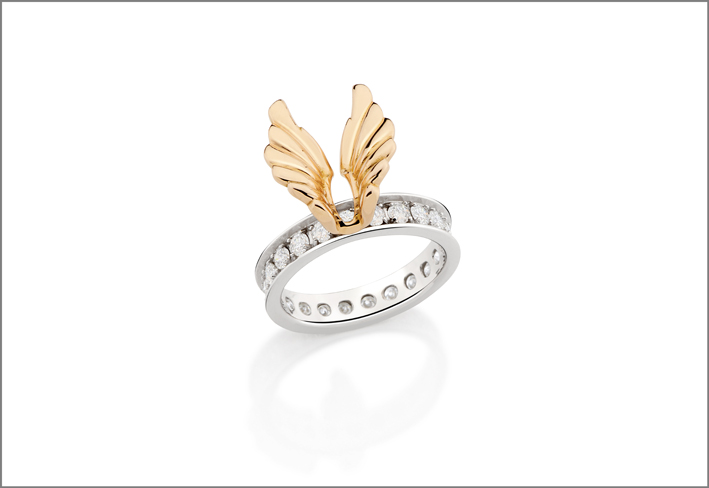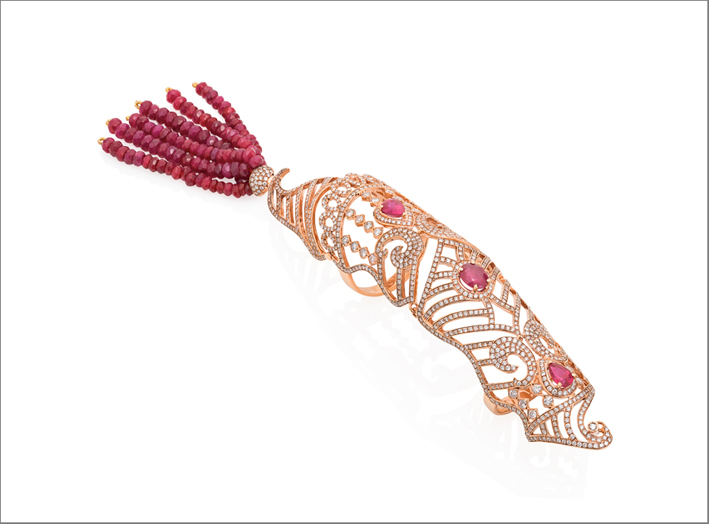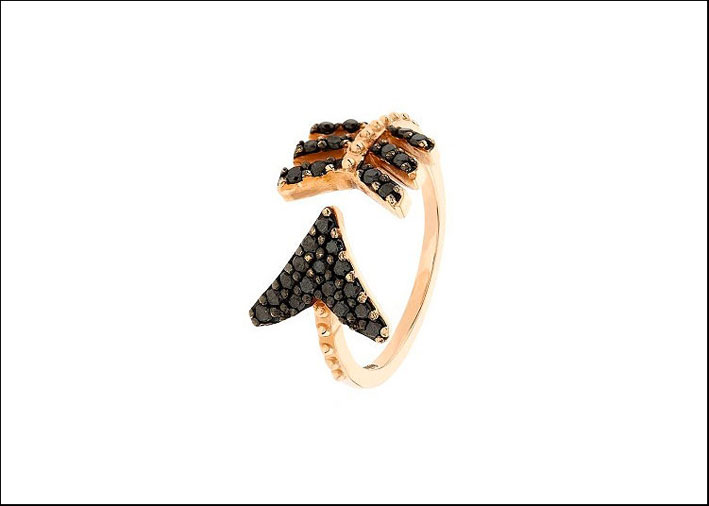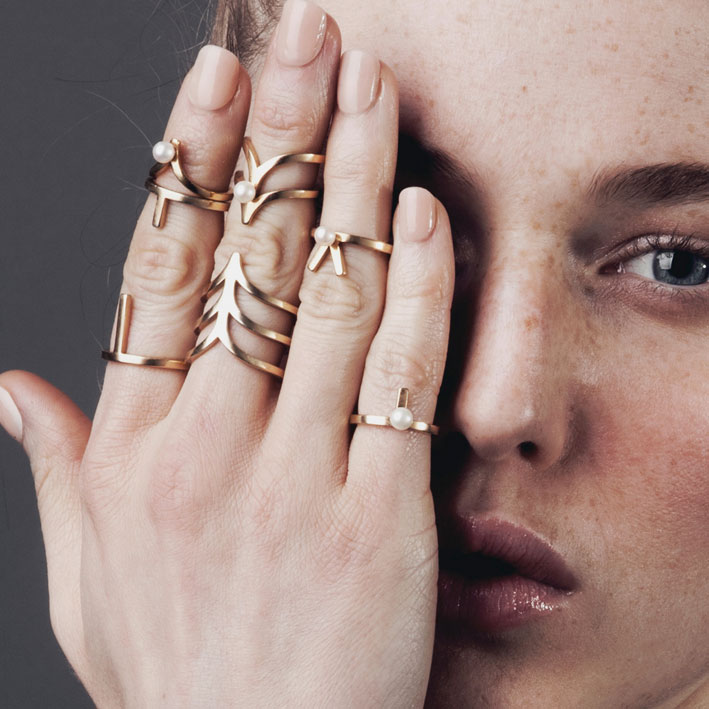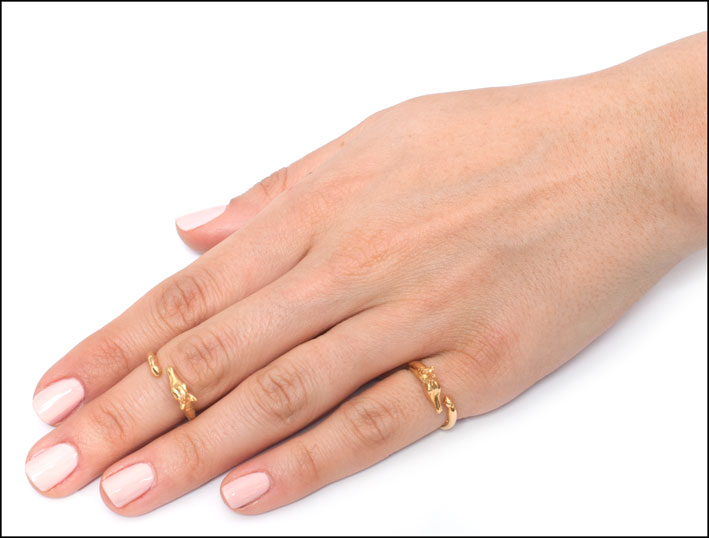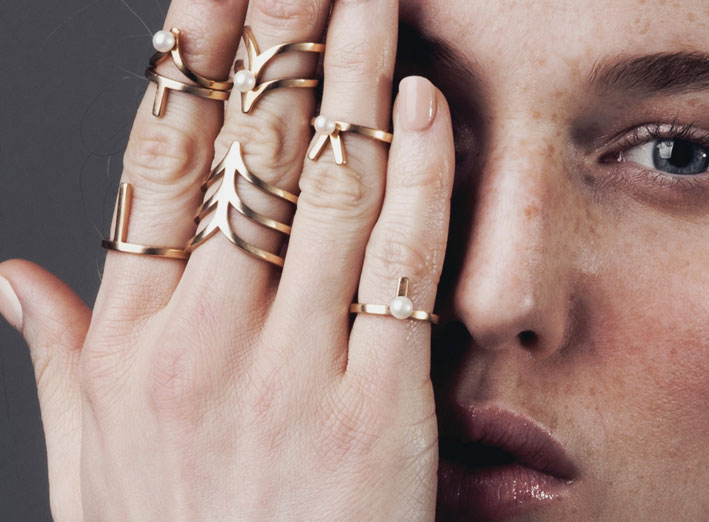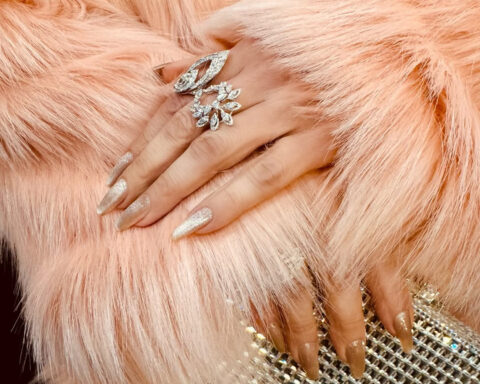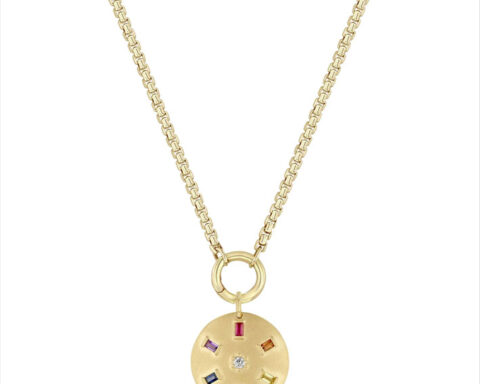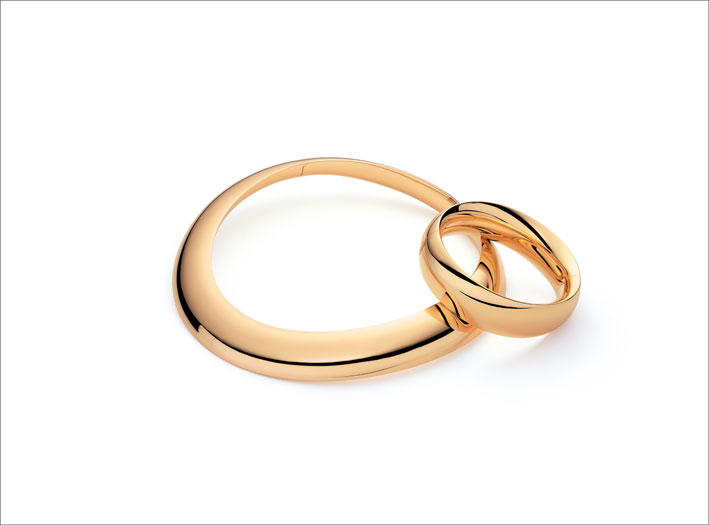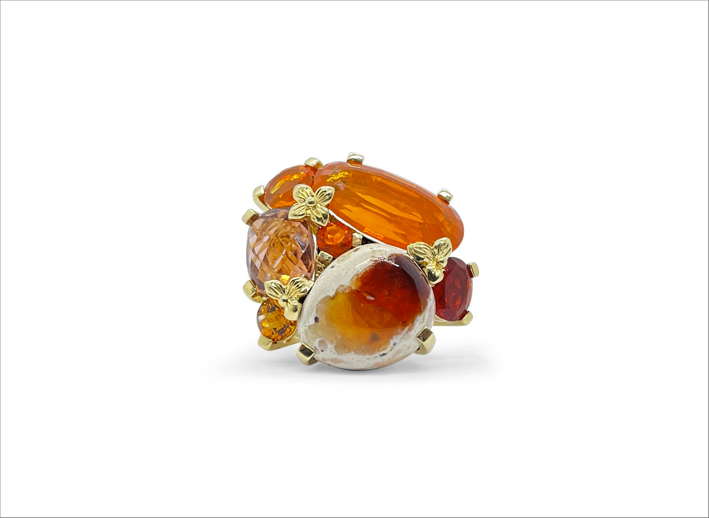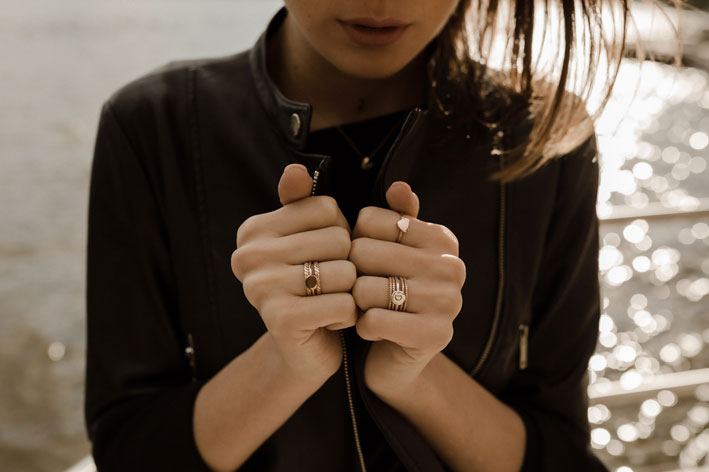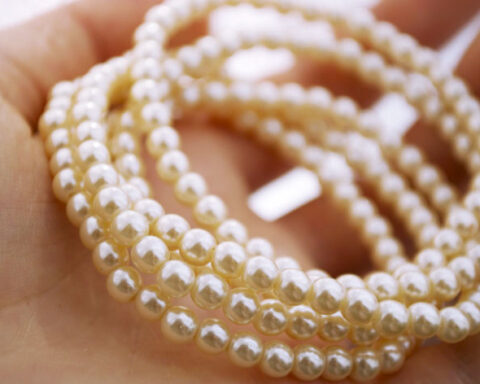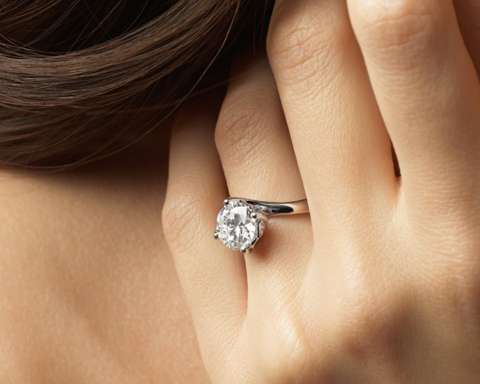The rings to wear on the first phalanges of the fingers have convinced many celebrities. But are they comfortable? Are they not lost? Which to choose? Here is a quick guide to rings to wear on your fingertips, also called midi rings ♦ ︎
Midi rings are those that are worn on the first phalanges of the fingers. This type of ring is very trendy: Rihanna wore midi rings already in 2012. But the origin of the rings to be worn on the first phalanges of the fingers is older. Some paintings from 1400 to 1600 depict men and women wearing rings of this type, albeit with a different shape, according to the taste of the time. These rings were also used to emphasize the social class of belonging: wearing jewels on the fingertips, in fact, meant not being engaged in manual work, therefore being a noble or a rich person.
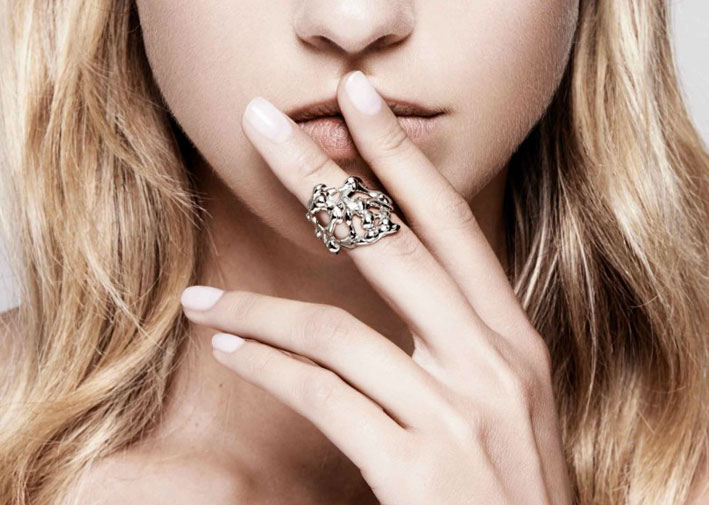
In short, the rings on the ends of the fingers have always been liked. But now?
They are annoying? The first thing a woman, perhaps engaged in the most diverse jobs, asks herself is whether these rings are easy to wear. In short, they will also be beautiful, but then they do not become annoying? It depends. Not all phalanx rings are the same. In order not to get boring during the day, they don’t have to be heavy. And neither bulky, with too many stones set or even pendants attached. If you like very elaborate rings of this type, wear them in the evening or in situations where you don’t have to use your hands for some specific task. Above all, they should be chosen of the right size, because it is much easier to lose a ring that is on your fingertips: in fashion it is fine, but without forgetting wisdom. Better to try them at a jeweler.
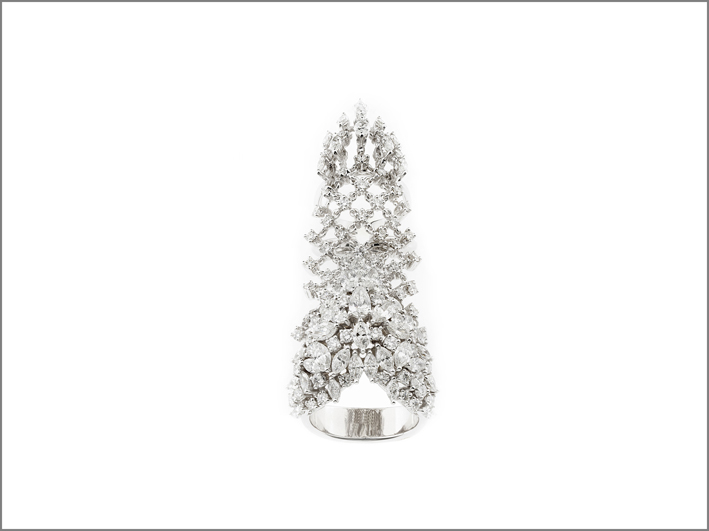
Phalanx jewelry care. Since these rings sit on the fingertips, they can be more easily in contact with liquids. Remember, for example, that they can easily slip off your fingers when you wash your hands with soap: it’s not nice to see your rings lose in the sink drain. Furthermore, if the rings are plated, for example, if they are made of silver with a thin gold film, they can be damaged in contact with corrosive liquids, such as dish detergents, sweat of the skin, but also food, such as juice. lemon or vinegar.

